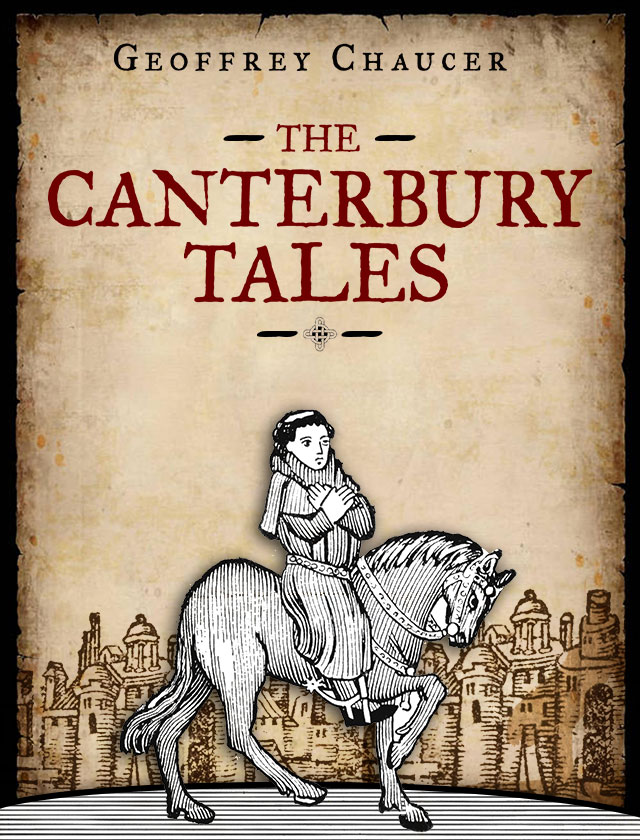The Canterbury Tales
by Geoffrey Chaucer
The Manciple's Prologue and Tale
Next, the Host tries to get the Cook to tell a tale, but the Cook has fallen into a drunken stupor on his horse. The Cook falls from his saddle, and the pilgrims stop and get him back into the saddle. Once they have the Cook in the saddle, the Manciple offers to tell a story. He builds upon a story about how the crow became black, a story which can be found in Ovid’s Metamorphosis. Like many of the stories, it initially appears to be a courtly romance. The protagonist of the story is a man named Phoebus, who is a great warrior, handsome, and kind. Phoebus is married to a wonderful woman, whom he treats well, but he is very jealous. There is a white crow in Phoebus’s household that can repeat words that it has heard. The white crow reveals to Phoebus that his wife has a lover. Phoebus kills his wife. However, when he calms down, he is distressed by the sight of his dead wife’s body and blames the crow. He plucks all of the white feathers from the crow and replaces them with black ones, renders the crow mostly mute, and then ejects the crow from his household. According to the Manciple, the moral of the story is that people should restrain their tongues and not repeat scandals.
Sign up to continue reading The Manciple's Prologue and Tale >